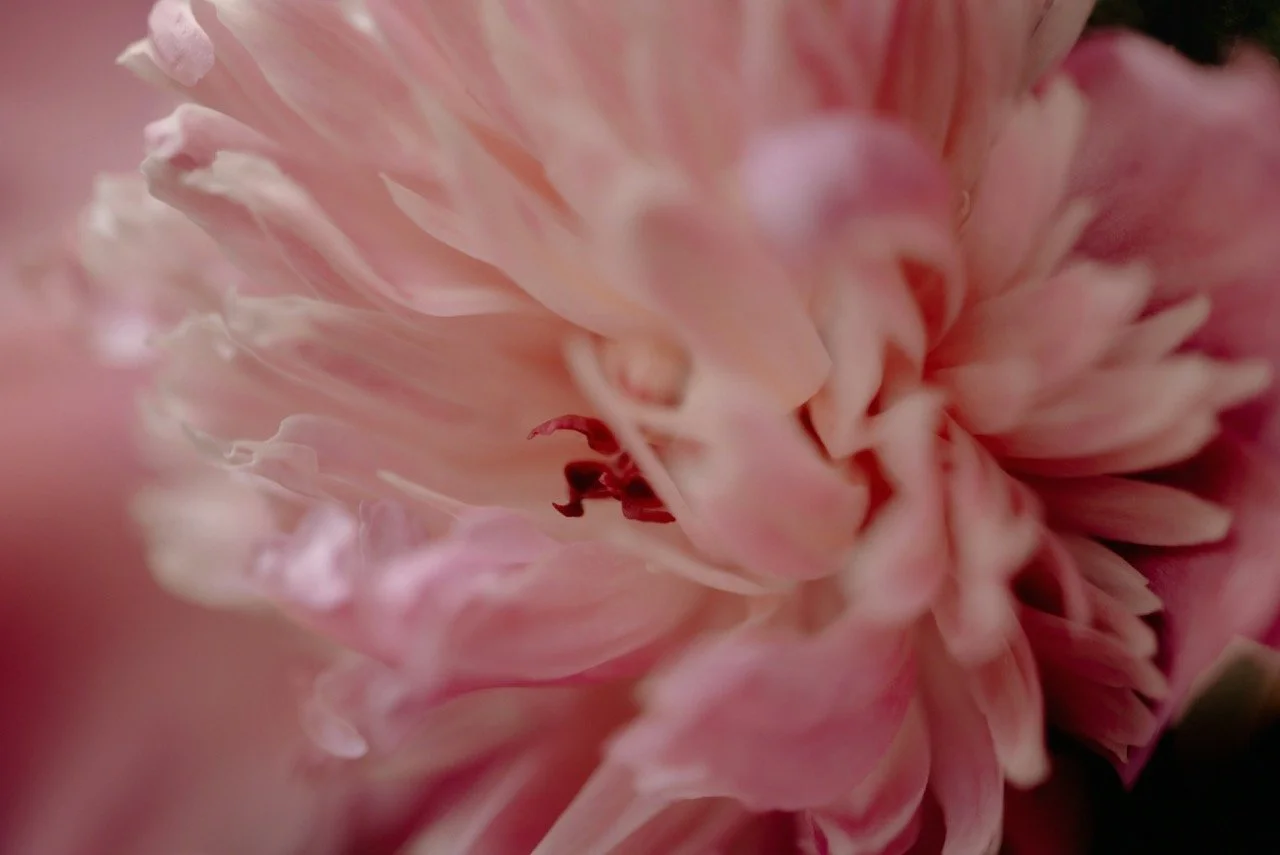Natural Flower Food Recipe with simple kitchen staple ingredients.
The art of extending floral life has captivated humanity for millennia, yet the most effective solutions often lie not in commercial preparations but in the humble ingredients already gracing our kitchen shelves. Creating flower food at home represents both an act of botanical stewardship and a return to the fundamental understanding of what flowers truly need to thrive beyond their natural lifecycle.
The Science of Floral Longevity
Cut flowers face three primary challenges: dehydration, bacterial growth, and energy depletion. The moment a stem is severed from its root system, it begins a race against time to maintain cellular integrity. Understanding this biological reality allows us to craft solutions that address each challenge with precision and grace.
Water uptake becomes compromised when bacteria colonize the stem's vascular system, creating blockages that prevent hydration from reaching the flower head. Meanwhile, the flower's stored sugars—its vital energy reserves—begin to dwindle without the root system's continuous supply. Our homemade flower food must simultaneously combat infection, promote circulation, and provide sustenance.
The Master Recipe: Kitchen Alchemy for Floral Excellence
Ingredients:
1 teaspoon sugar (preferably raw cane sugar)
1 teaspoon bleach (unscented household bleach)
2 teaspoons fresh lemon juice
1 quart lukewarm water
This deceptively simple formula represents centuries of accumulated wisdom distilled into kitchen-accessible ingredients. The sugar serves as glucose replacement, feeding the flower's cellular processes. The bleach acts as an antimicrobial agent, preventing the bacterial colonies that would otherwise create stem blockages. Lemon juice provides citric acid, which improves water uptake by lowering pH and breaking down calcium deposits that might impede flow.
The Preparation Ritual
Begin with lukewarm water—never cold, which shocks the stems, nor hot, which accelerates cellular breakdown. The temperature should feel neutral to your touch, approximately 70-75°F. This thermal consideration reflects the flower's tropical or temperate origins, where cellular activity occurs most efficiently within this range.
Dissolve the sugar completely before adding other ingredients. This order matters; sugar molecules need full integration to provide consistent nutrition throughout the solution. The bleach follows next—just enough to maintain sterility without overwhelming the delicate plant tissues. Finally, add the lemon juice, stirring gently to create a harmonious blend that mimics the complex chemistry flowers would naturally access through their root systems.
Advanced Variations for Different Flower Types
For Woody-Stemmed Flowers (Lilac, Forsythia, Cherry Blossoms): Add 1 tablespoon of white vinegar to increase acidity, helping break down woody cellular structures and improve water uptake. These flowers evolved in slightly acidic forest soils and respond dramatically to pH adjustment.
For Bulb Flowers (Tulips, Daffodils, Hyacinths): Reduce bleach to 1/2 teaspoon and add 1/4 teaspoon of liquid plant fertilizer. Bulb flowers carry more stored energy but benefit from gentle mineral supplementation that mirrors their natural soil conditions.
For Tropical Blooms (Anthurium, Bird of Paradise, Ginger): Increase sugar to 2 teaspoons and add a pinch of sea salt. These flowers evolved in mineral-rich tropical environments and respond to slightly higher salinity levels.
Application and Maintenance
Replace the flower food solution every three days, or whenever cloudiness appears. This schedule prevents bacterial buildup while ensuring consistent nutrition. Each change offers an opportunity to trim stems by one inch underwater, removing any blocked vascular tissue and creating fresh uptake points.
The water level should reach at least halfway up the stem but never touch flower heads or foliage. This balance maximizes hydration while preventing leaf decay that could contaminate the entire arrangement.
Understanding the Results
Properly fed flowers exhibit several telltale signs of thriving: petals maintain their original texture and color intensity, stems remain firm and green, and the overall arrangement demonstrates remarkable longevity—often doubling or tripling the expected vase life.
This homemade flower food represents more than mere preservation; it embodies our deepest understanding of plant biology translated into accessible practice. Each batch mixed with intention becomes an offering to the natural world, honoring the flowers' sacrifice while maximizing their gift of beauty.
In an age of commercial convenience, returning to these fundamental preparations reconnects us with the alchemical traditions that have sustained floriculture across cultures and centuries. The kitchen becomes laboratory, the gardener becomes chemist, and simple ingredients transform into life-extending elixirs that rival any commercial preparation.

